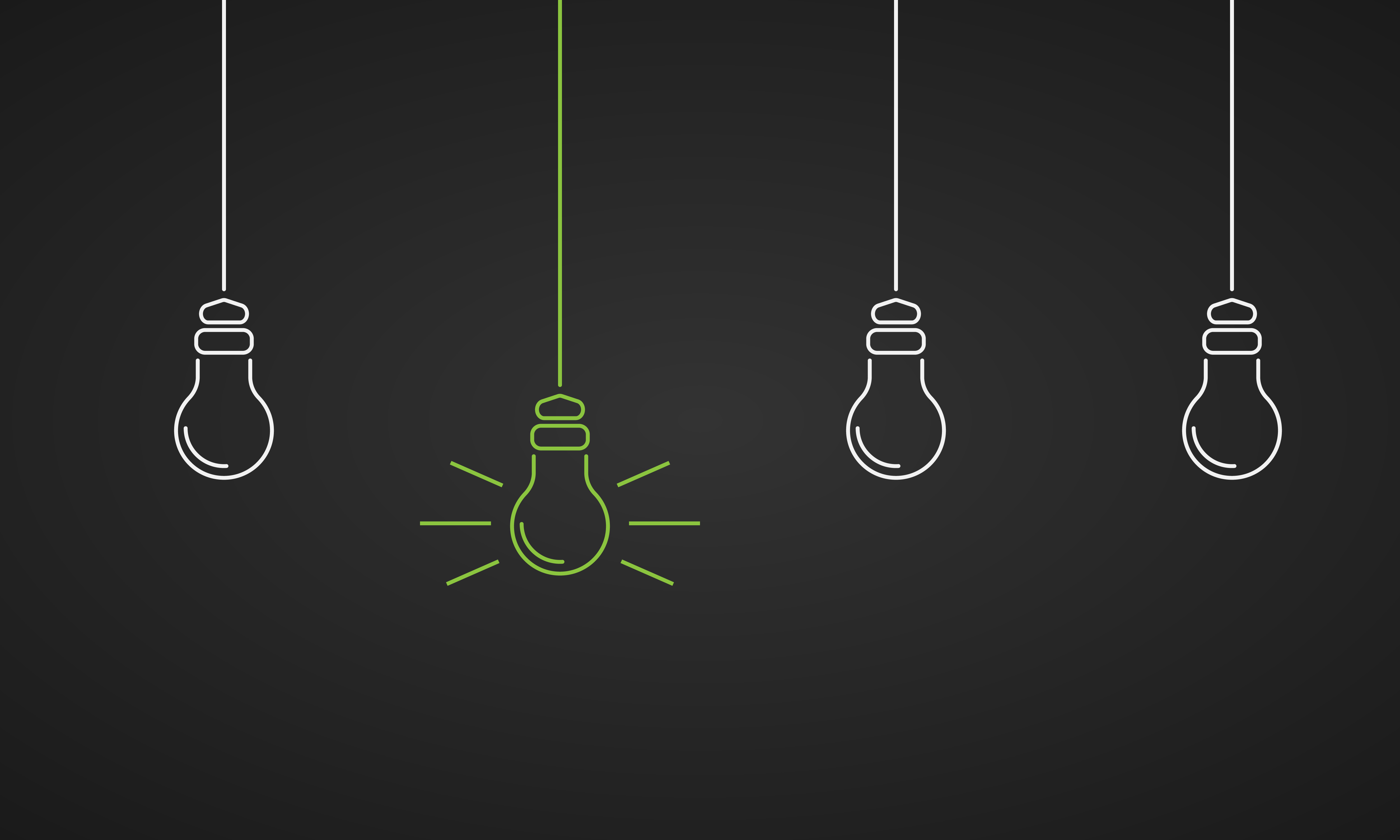
The Basic FAQ Guide of PPR vs PVC
Difference between PVC and PPR Plumbing Pipes Generally, all plumbing pipes are designed for different water applications and comply with the health effects standards. But, there are some major differences between the two types, we will try to answer questions that will help you choose the best fit for your renovation project.
Subject | PVC | PPr |
Material |
PVC is made of Polyvinyl
Chloride. PVC belongs
to the Thermoplastic Division of Plastic
Materials. Being Thermoplastic, PVC soften
when heated and harden when
cooled. | PPr is made of Random Copolymer Polypropylene. PPr belongs to the Thermoplastic Division of Plastic Materials. Being Thermoplastic, PPr soften when heated and harden when
cooled. |
Joining Method | PVC Pipes and Fittings are joined by PVC Cement/Glue or Adhesives which
have strong Chemical Odor due to high
solvent to keep the glue in Liquid Form. Glue Joints
can fail and the glue itself can be harmful to health. | PPr Pipes and Fittings are join by Fusion Welding, ensuring a homogeneous, all plastic system.
PPr Piping System
are safe and non-toxic. With proper welding, a homogeneous joint
is assured and
no chances of joint failure. |
Material Density | Plasticized and unplasticized PVC have a material density
of 1.2 and 1.37 gm/cc respectively. This makes the
PVC products heavier compared to PPr Products. |
PPr
have a material density of 0.90 gm/cc.
This makes the PPr products lighter compare
to PVC Products. |
Stiffness | PVC Pipes and Fittings are more rigid compared to PPr. Due to this characteristics, PVC pipes and fittings are more sensitive to shock and have
a high chances of breakage. |
PPr Pipes and Fittings have a good balance of stiffness to toughness, with low tendency to stress cracking due to shock. |
Field of Application | PVC is used in many industries such
as building materials and packaging. Uses includes plumbing, sewage and drainage system,
Drinking Water Distribution and service lines,
irrigation System, Chemical Handling, Fumes, Exhaust and ventilation ducts,
and other various industrial and recreation purposes. |
PPr Piping
System are ideal for
hot and cold water distribution in buildings, industries, and heating and
cooling Systems. Most
common PPR pipe applications include: Hot and
cold potable water piping in residential, industrial, and public installations. Industrial piping for transferring water,
sanitary liquids, liquid
food products, compressed air, and aggressive
chemicals eg. highly acidic
or alkaline solutions. Building central radiator heating water, usually
in a circular loop piping arrangement. |

